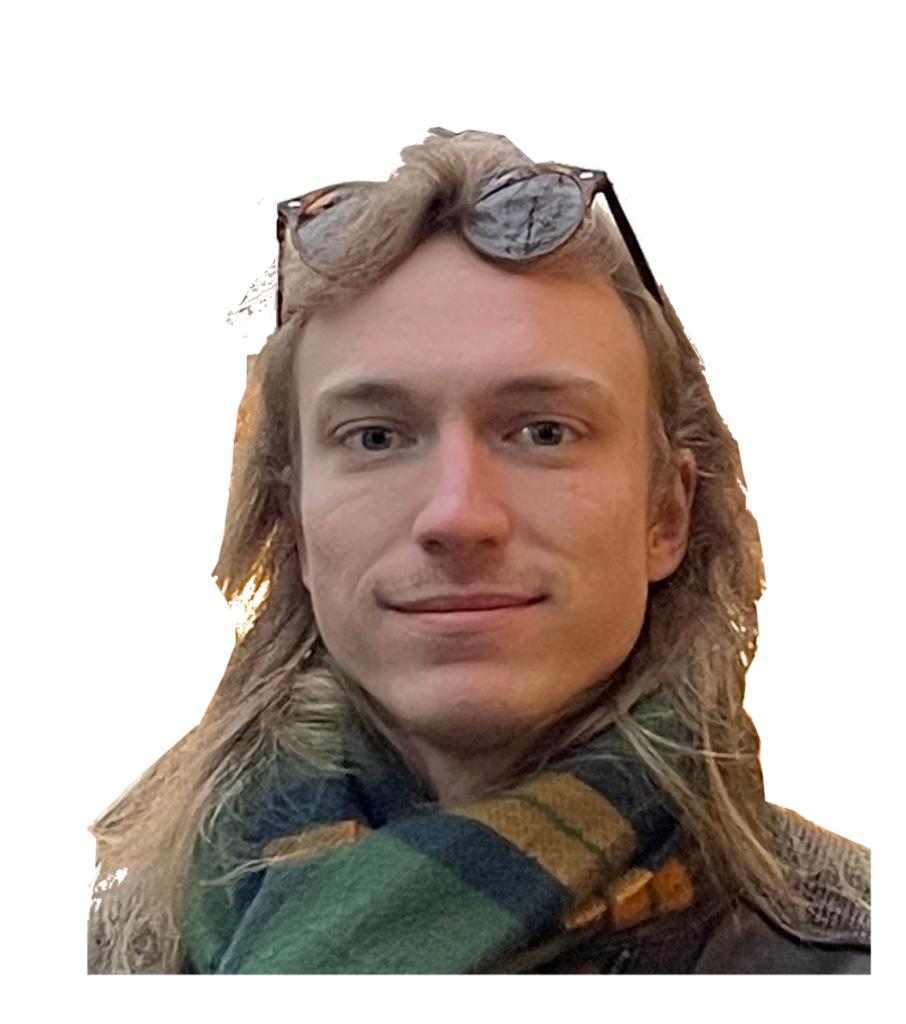
Andrea Litvinov, postdoc in the Er-Dy lab, has won the “Disruptive Innovation – Early Career Seed Money” from the joint funding program of the Austrian Academy of Sciences (ÖAW) and the Austrian Science Fund (FWF). This funding program facilitates the implementation of unconventional, innovative, and potentially high-risk ideas with an uncertain outcome.
Andrea’s project involves studying the connection between supersolid glitches in dipolar quantum gases and spin-ups in the rotation velocity in pulsars — highly magnetized and extremely rapidly rotating neutron stars. Read more about his project below. Congratulations Andrea!
Pulsars, the second most compact objects of the universe only exceeded by black holes, are highly magnetized and extremely rapidly rotating neutron stars. The behavior of these stars remains largely mysterious despite half a century of intensive research. Spin-ups of the rotation velocity, called glitches, have been detected and their interpretation, a milestone for the comprehension of the internal structure of pulsars, is still debated between two main candidate models. The starquakes scenario which accounts for changes in the moment of inertia of a pulsar’s crust, and the hydrodynamic scenario which accounts for angular momentum exchange between an inner superfluid component and the crust. A recent theoretical proposal from our group, in collaboration with astrophysicists from Gran Sasso, predicts that the recently discovered supersolid states in dipolar quantum gases can be used to simulate the behavior of a pulsar’s inner crust and account for the emergence of glitches. Indeed, although nuclear and ultracold matter live in a completely different range of parameters, they may follow the same physical laws, cross-linking very different fields of research. This is the essence of the revolutionary idea of ‘quantum simulation’ introduced by Feynman in 1982. Quantum simulation of usually-inaccessible astrophysical and nuclear phenomena, using table-top experiments with ultra-cold atoms, has thus a disruptive potential for reaching a new level of understanding. Here, we propose to realize an experimental platform to observe glitches for the first time using rotating supersolids, a recently discovered exotic quantum state of matter. Systematic measurements of supersolid glitches could prove that supersolidity is responsible for glitches in pulsars and validate the hydrodynamic scenario.
